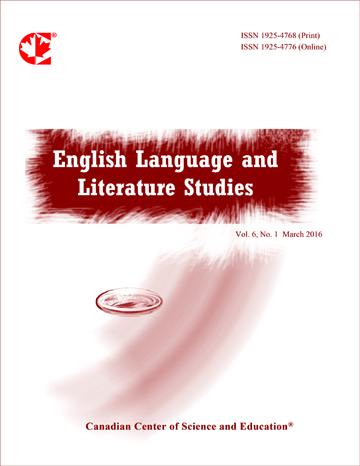“What is to be a ‘Mother’?”—An Exposition of “Non-biological Mothers” in Literary Texts
- K. G. Swarnananda
- Thilina Wickramaarachchi
Abstract
This paper investigates the identity formation of “non-biological mothers” in a sample of texts which include primarily “The Caucasian Chalk Circle” by Bertolt Brecht, “Wuthering Heights” by Emily Brontë and “Eveline” by James Joyce. Three characters are selected from the works who perform the role of “mother” at different levels for children who are “biologically” not their own. In Brecht’s play, Grusha cares for the child that is left by his own mother. In Bronte’s novel, Nelly Dean looks after both Hareton and Junior Catherine, children who have lost their “biological” mother, as well as Heathcliff who is brought to the house as an orphan. In Joyce’s short story, Eveline performs the role of mother and remains in Dublin defying her boyfriend’s attempts to take her away to possible happiness in a faraway land. In the study, these three figures and their role as “mother” are the primary focus. However, characters such as the first wife of Okonkwo in “Things Fall Apart” by Chinua Achabe and Anna-Maria in “A Doll’s House” by Henrik Ibsen are also be examined to understand how women who have their own children, become committed towards children who are “biologically” not their own. The study elucidates the way this role of “non-biological mother” is constructed in various literary contexts and more specifically how these “non-biological mothers” are not recognized and their love regarded as subservient to the “love” of the “biological mother”. A textual analysis of texts is used to interpret these characters in their specific literary settings. In this manner, the study promotes a re-reading of the role of “non-biological mothers” and re-interprets the socio-political implications of the role of “mother” as well as the concept of “motherhood”.
- Full Text:
 PDF
PDF
- DOI:10.5539/ells.v6n1p75
